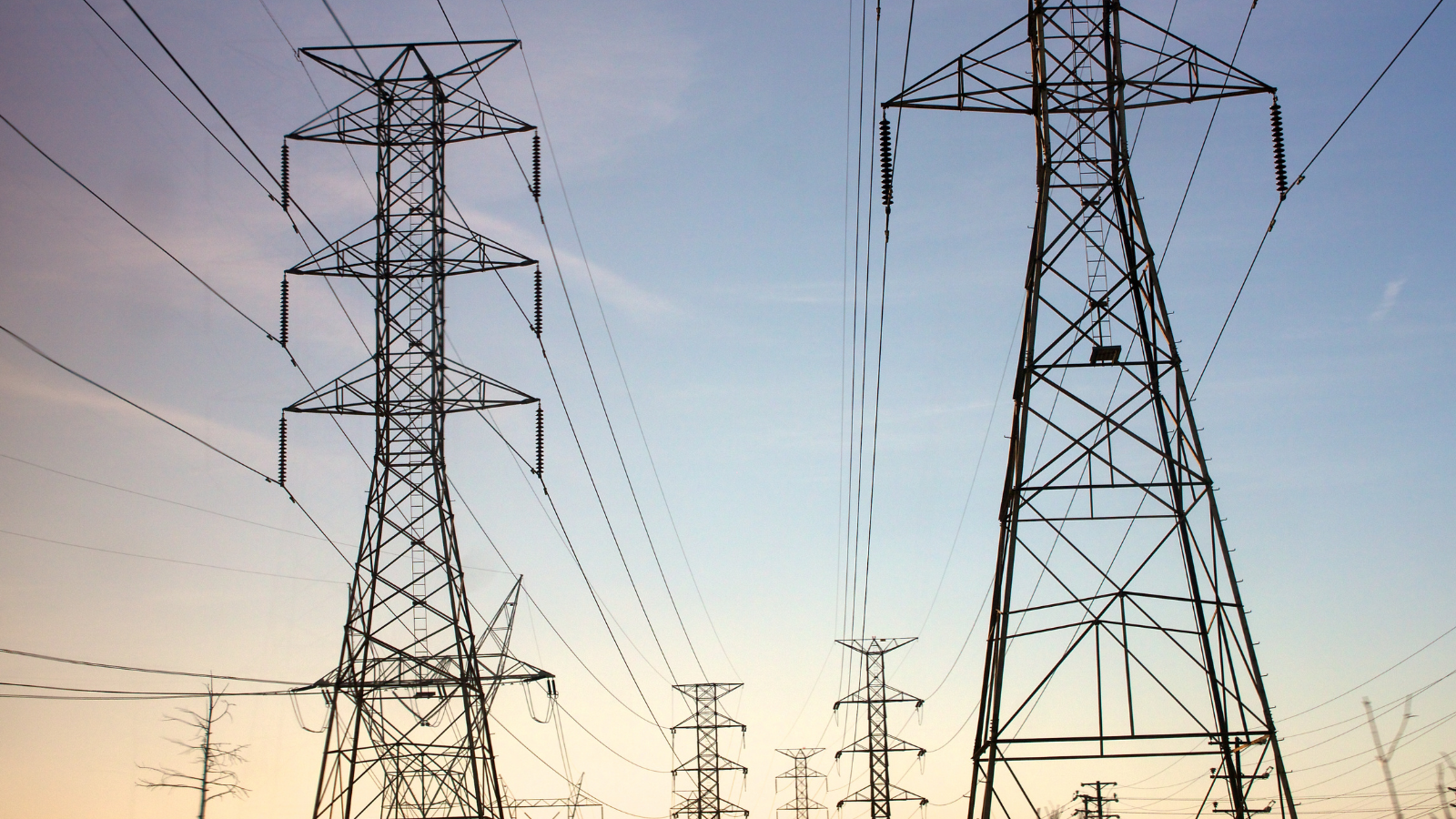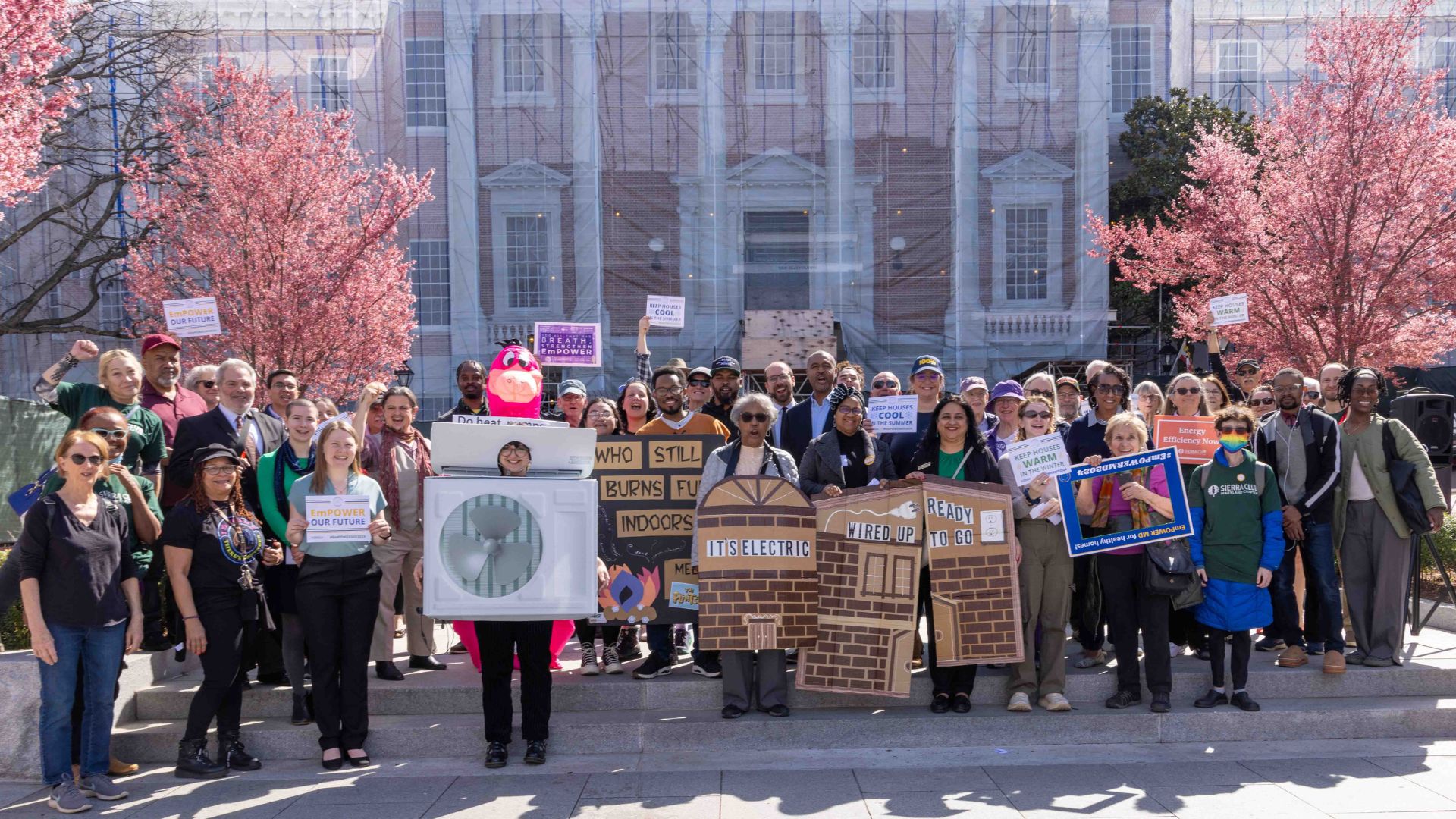The real reason behind rising gas prices, and how electrification can help
Fuel prices are spiking this winter. It's time we look at the actual root cause: our society's excessive dependence on fossil fuels.

If you are among the 60% of U.S. households that rely on fossil fuels for heating, you can expect your utility bills to increase this winter— by a lot. You may have already noticed it happening. For example, Eversource customers in Massachusetts may see their bills increase by as much as $30 per month.
While it’s popular to blame these price spikes on such factors as inflation or whoever happens to be the current president, we must look at the actual root cause: Our society’s excessive dependence on fossil fuels.
The U.S. Energy Information Administration projects that homes powered by electricity can expect price increases of around 6% on average, but fossil fuel spikes are going to be much larger. Homes heated by natural gas, fuel oil and propane should expect price increases of 30%, 43% and 54%, respectively.
These price spikes are likely due to a combination of factors. However, the simplest explanation is low supply and high demand. During the early stages of the pandemic, it just wasn’t profitable for oil and gas companies to continue drilling because demand was so low. Then, right as businesses were starting to reopen, we entered into one of the hottest summers on record, leading to a huge jump in demand for meeting the nation’s cooling needs. This combination of low supply and high demand caused a spike in prices that we’ll continue to see, not only in the states, but also globally. Even though demand is still high, the fuel industry is purposefully not increasing production, using high prices to pay off debts and funnel money into stakeholders’ pockets— at the expense of their paying customers.
This is a cycle that could go on indefinitely, as fossil fuel prices will always be subject to these market factors. And as climate change brings about more severe weather extremes, the energy demand to accommodate increased heating and cooling needs will continue to remain high. As long as we rely on fossil fuels, we will be subject to a volatile market. For the average person, that means that when they need heat the most, it will be the most expensive and the least reliable. Electricity prices, while also impacted by seasonal supply and demand, are less volatile than fossil fuel prices because they rely upon generation from a more diverse array of fuel sources, including renewables in many places.
So whatever the causes of the current price spikes are, the core of the problem is much simpler: We are over reliant on fossil fuels.
It’s time for the country to transition away from gas to an energy system powered by renewables. And a clean energy future is within reach. The Build Back Better Act, which recently passed through the U.S. House of Representatives but still awaits changes from the Senate, can help accelerate the transition to clean energy with incentives and tax credits. It would also allocate funds to state and local programs, which will lower the upfront costs of renewables and encourage widespread adoption. And the best part? Sunshine and wind are abundantly available, meaning once the necessary infrastructure is in place, energy production costs will be lower and more stable. In short, new climate legislation isn’t to blame for your high utility bills — it’s high demand, low supply and the fuel industry’s decision to prioritize their profits. We need to switch to a clean energy system as soon as possible, not just to reduce emissions, but also to protect Americans from the endless cycle of fuel price spikes.
Image credit: Oran Viriyincy, flickr.com
Topics
Authors
Erin Skibbens
Find Out More

2024 Maryland Legislative Session: Wins and Losses

A look back at what our unique network accomplished in 2023

How fast is solar energy growing?


